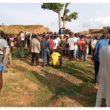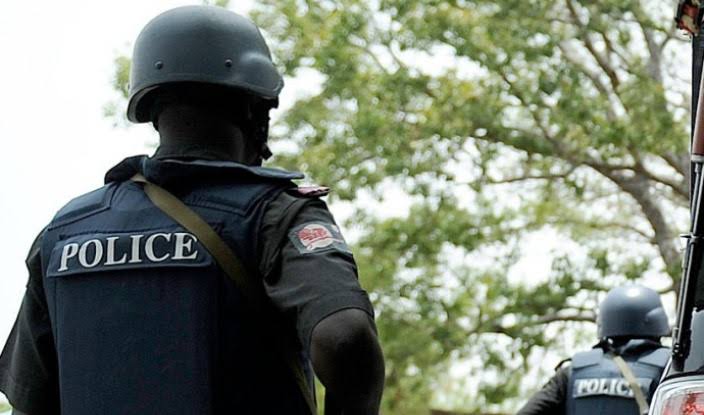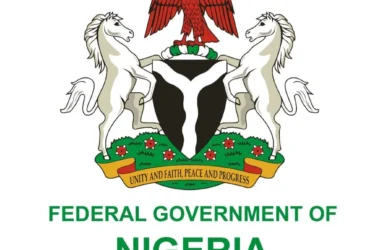A retired senior police officer has disclosed that a high-tech tracking system, initially established to combat kidnapping and other crimes, was misused by politicians for personal purposes.
The tracking platform, which once played a pivotal role in solving major criminal cases, was reportedly exploited by some politicians to keep tabs on their enemies and mistresses instead of aiding law enforcement efforts.
The platform was launched in 2015 under then-Inspector-General of Police, Solomon Arase, as part of an intelligence-led policing initiative. It included a state-of-the-art tracking device designed to monitor the movements and communications of criminals, especially kidnappers.
The Intelligence Response Team (IRT) used this technology to gain real-time insights into kidnappers’ activities, providing crucial evidence like call records and location data. One notable success was the arrest of five kidnappers involved in the abduction of Chief Olu Falae, a former Secretary to the Government of the Federation, in 2015.
However, the system’s purpose began to shift under successive Inspectors General of Police.
According to the retired officer who spoke with VANGUARD, “People in the National Assembly and Villa got hold of the platform and used it to track their enemies and mistresses.” He emphasized that the platform was meant to have separate operational and technical units, but these were merged under a single officer who was allegedly influenced by political interests. This misuse of the tracking system led to its eventual decline.
Further complications arose when successive police leaderships failed to maintain the system properly. The platform required periodic upgrades and a consistent subscription to remain functional. However, due to unpaid fees and a lack of technical upkeep, the system became obsolete and ultimately ceased to operate.
His words: “The priority of successive IGPs was quite different. Solomon Arase set up the platform when he was the IGP. It was a technical platform to track calls.
“It was mounted in the IGP’s office then and only one officer, who is now an AIG, had access to the technical platform.
“The Intelligence Response Team, IRT was supposed to be the operational wing that would work with the technical platform. When the technical team got information, it would pass it to IRT to go to the location and make an arrest. Drones and vehicles were bought for the operation.
“But successive IGPs who were analogues didn’t know what to do. They merged the technical platform and IRT. Instead of the platform being used for crime prevention, it became political.
“People in the National Assembly and Villa got hold of the platform and used it to track their enemies and mistresses.
“For such a platform, you don’t give both the technical and the operational units to just one person who would be compromised by politicians. That was the beginning of the collapse of the platform. It requires someone with power and intelligence; someone of a strategic level who is keen on that line.
“This platform was supposed to be renewed and hooked up with the service provider. But that was never the priority of successive IGPs.
“They had money to pay for the accumulated subscription but they refused to pay. When you leave such a system for more than one year, it requires recalibration. This technology keeps evolving.
“You can’t say something you set up today will be used the same way for 10 years without being upgraded. Before long, the system broke down, and the functionality of the Police tracking equipment began to diminish and subsequently went comatose.
The tracker, particularly, became non-functional due to non-subscription as well as failure to engage the relevant company to carry out required system upgrades.
“Due to the failure to pay subscription fees for about three years, and after a grace period had expired, the company overseeing its maintenance and upgrade decided to withdraw its services. This made it difficult to track bandits, kidnappers, and other forms of violent crimes.”










